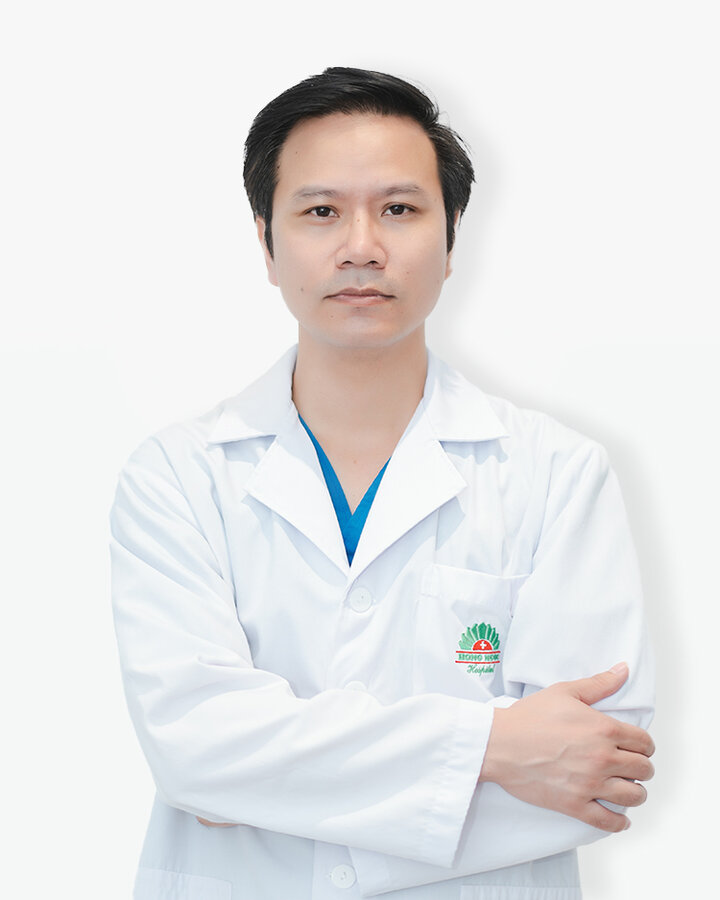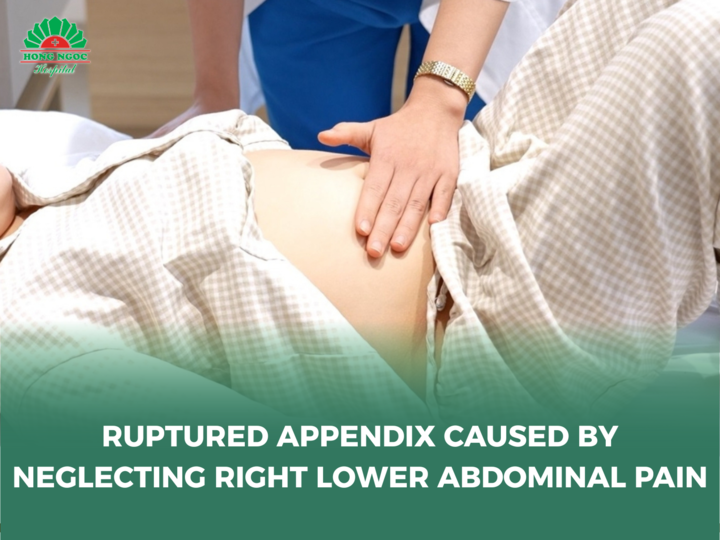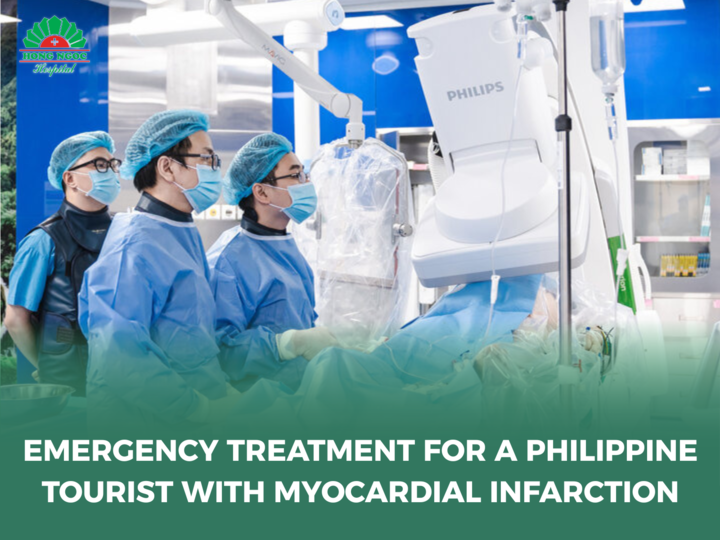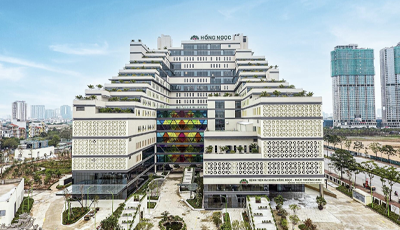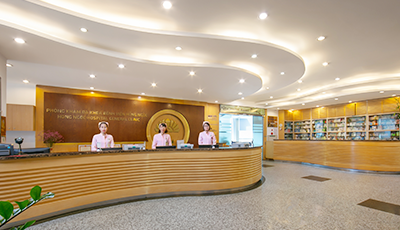This was the case of Mr. L.S, a 54-year-old Korean patient, who presented with prolonged fatigue, chest tightness, and recurrent episodes of lightheadedness and syncope. He was diagnosed with third-degree atrioventricular (AV) block and was immediately fitted with a temporary pacemaker to prevent sudden cardiac death. The patient later underwent permanent pacemaker implantation to maintain long-term heart rhythm stability.
Fatigue, chest pain, episodes of dizziness and fainting, medical examination revealed a severe cardiac arrhythmia
Before presenting to the hospital, Mr. L.S had been experiencing abnormal and prolonged fatigue. Even during light activity or rest, the patient remained fatigued, lacked motivation to work, and became easily irritable. Three days prior to hospital admission, he began experiencing episodes of chest tightness, dizziness, and even fainting. Three days prior to hospital admission, he began experiencing episodes of chest tightness, dizziness, and even fainting.
The ECG results show that the patient has a slow heart rate of 43 beats per minute, accompanied by a conduction disorder: Complete Atrioventricular Dissociation (This term describes the most severe form of heart block, where electrical signals from the atria are completely unable to reach the ventricles). The patient was immediately informed about their condition and was recommended to have a temporary pacemaker implanted to prevent the risk of fainting, loss of consciousness, or sudden cardiac death: a pacing lead was inserted into the right ventricle through the femoral vein system, the other end of the pacing lead was connected to an external temporary pacemaker, which delivered electrical impulses to maintain the patient’s heart rate at a safe level.
A permanent pacemaker was then implanted to maintain a stable heart rhythm for the patient long-term
Within three days of the temporary pacemaker placement, Monitoring of the electrocardiogram (ECG) on the system over these three days showed no signs of recovery in the patient's heart rhythm, indicating complete dependence on the temporary pacemaker's activity. At the same time, doctors actively searched for any reversible causes of the acute arrhythmia, however, clinical examinations and diagnostic tests revealed no abnormalities.
%20(1).jpg)
The medical team is currently performing the pacemaker implantation procedure for the patient.
The cause of Mr. L.S’s arrhythmia was identified as fibrosis and degeneration of the atrioventricular conduction pathway. For treatment, there was no better option than implanting a permanent pacemaker.
The cardiology intervention team at Hong Ngoc General Hospital decided to implant a dual-chamber permanent pacemaker, the pacemaker generator was placed in the left subclavian (under-the-collarbone) area, from the device's body, two leads were threaded through the venous system and placed into the right atrial appendage and the right ventricular chamber to maintain normal heart function.
According to Dr. Nguyen Van Hai, MSc – Head of the Cardiology and Interventional Cardiology Department at Hong Ngoc General Hospital: “ Implanting a permanent pacemaker is a complex interventional cardiology procedure. Implanting the device requires meticulous precision to ensure the leads are placed in the most physiologically effective position, which also helps optimize battery life for the pacemaker. The pacemaker generator is implanted under strict sterile conditions to prevent infection at the device site and is positioned in a way that minimizes impact on the patient’s daily activities. Our team was highly focused on ensuring the best possible outcome for the patient”
%20(1).jpg)
After being discharged from the hospital, the patient returned for a follow-up visit, and their health was completely stable.
After the procedure, patient L.S.'s health improved significantly, he no longer experienced fatigue or chest pain and reported feeling much more energized. The patient was discharged after five days of treatment.
Cardiology and Interventional Cardiology Department - Hong Ngoc General Hospital
- No. 8 Chau Van Liem Street, Tu Liem Ward, Hanoi City.
- Hotline: 0911.858.626





